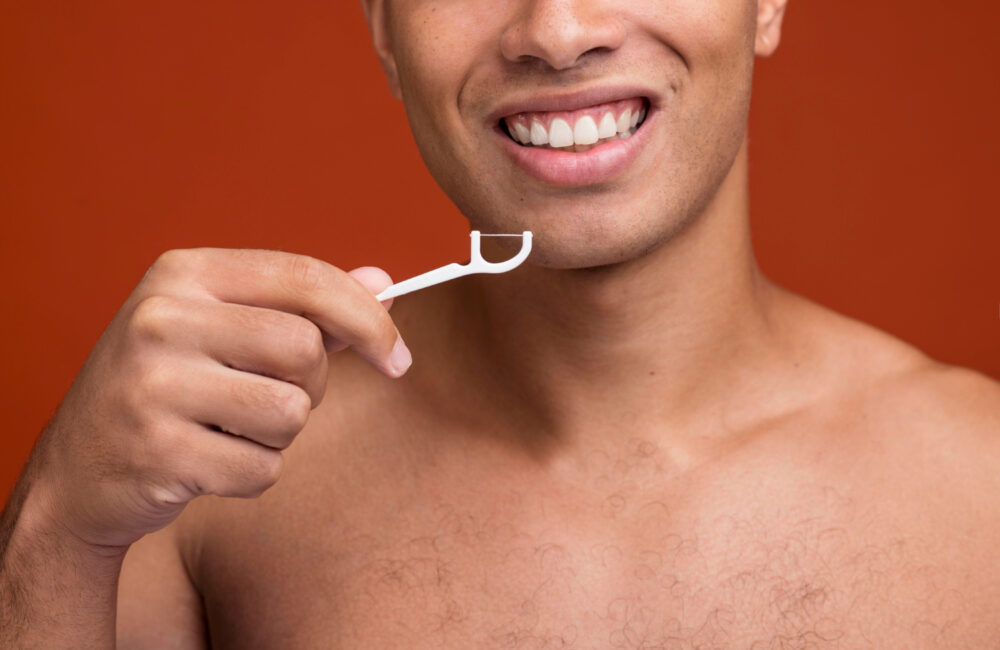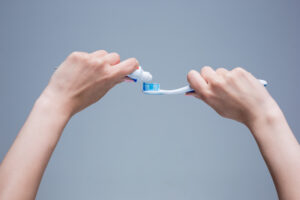
Tooth decay is one of the most common dental problems in the world. It affects people of all ages and can lead to a number of serious health problems if left untreated. In this blog post, we will provide you with a step-by-step guide on how to prevent tooth decay. Follow these tips and you will be on your way to healthy teeth and gums!
What is Tooth Decay?
Cavities are permanently damaged areas in the hard surface of your teeth that develop into tiny openings or holes. Cavities, also called tooth decay or caries, are caused by a combination of factors, including bacteria in your mouth, frequent snacking, sipping sugary drinks and not cleaning your teeth well.
Tooth decay and cavities are among the world’s most common health problems. They’re especially common in children, teenagers and older adults. But anyone who has teeth can get cavities, including infants.
Symptoms of Tooth Decay
In early tooth decay, you usually don’t have symptoms. As tooth decay gets worse, it can cause:
- A toothache (tooth pain)
- Tooth sensitivity to sweets, hot, or cold
- White or brown stains on the surface of a tooth
- A cavity
- An infection can lead to an abscess (pocket of pus) forming. The abscess can cause pain, facial swelling, and fever.
How to Prevent Tooth Decay: A Step-by-Step Guide

When it comes to preventing tooth decay, the best approach is to take a proactive stance. Here are some tips on how to prevent cavities:
1. Brush your teeth twice a day with fluoride toothpaste.
To properly brush, use a soft-bristled toothbrush and fluoride toothpaste. Move the brush in circular motions over each tooth, making sure to reach all areas of your mouth. Brush for at least two minutes, twice a day (preferably after breakfast and before bed).
2. Floss at least once daily.
Floss your teeth at least once a day to remove plaque and food particles that brushing can’t reach.
3. Use an antiseptic mouthwash.
Mouthwash helps reduce bacteria in the mouth and prevent tooth decay. Choose an antiseptic mouthwash with fluoride, which is especially beneficial for preventing cavities.
4. Eat Healthy Foods
Eat a balanced diet and limit snacking. Replace sugary snacks with healthy options, such as vegetables, fruits, and cheese. Avoid frequent sipping on sugary drinks like soda or juice.
5. Visit your dentist regularly.
Visiting your dentist at least twice a year can help diagnose tooth decay early and prevent it from getting worse. Your dentist can also provide professional cleanings to remove plaque and tartar buildup that brushing and flossing can’t reach.
Following these steps will help you prevent cavities and maintain a healthy smile. Remember, prevention is the best way to fight cavities!
Treatment
If you already have a cavity, your dentist may recommend treatment options that vary depending on the severity of your condition. Treatment may include:
- Fillings: A filling is used to repair a tooth that has been damaged by decay. To do a filling, your dentist will remove the decayed part of the tooth and fill it in with a material, such as amalgam or composite resin.
- Crowns: A crown is a cap-like covering that fits over an existing tooth to restore its shape, strength, and size if it has been damaged by decay. Crowns are usually made of metal, porcelain, or a combination of both.
- Root canals: A root canal is used to treat an infection in the center of a tooth (the pulp). During a root canal procedure, your dentist will remove the damaged pulp and replace it with a filling material.
- Extractions: If the cavity is too severe for treatment, your dentist may recommend an extraction (pulling the tooth).
- Follow-up care is important after any type of dental treatment to ensure that your teeth stay healthy. Your dentist can help you create a follow-up plan, which may include regular checkups and cleanings.
Preventing cavities is key to keeping your teeth healthy. Following the tips outlined in this article can help you prevent tooth decay and maintain a healthy smile. Make sure to practice good dental hygiene habits, such as brushing twice a day with fluoride toothpaste, flossing daily, using an antiseptic mouthwash, eating healthy foods, and visiting your dentist regularly.
Also, read / How is Dental Bonding Performed?













